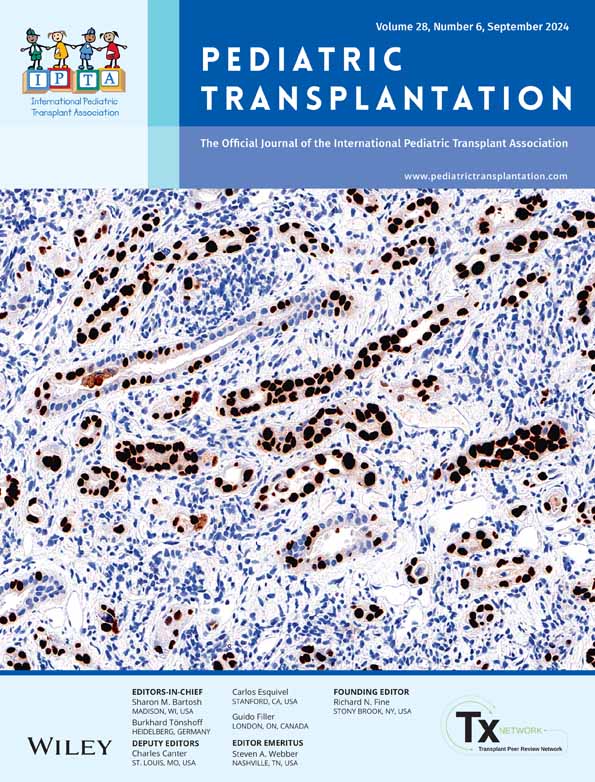Initiation of Haploidentical Stem Cell Transplantation With Post-Transplant Cyclophosphamide in Children: A Low–Middle-Income Country Institutional Experience
Funding: The authors received no specific funding for this work.
ABSTRACT
Background
Haploidentical hematopoietic stem cell transplant (HSCT) is a curative treatment especially for countries where bone marrow registries are nonexistent. We present our experience with haploidentical HSCT in pediatric patients.
Methods
Retrospective data collected and analyzed for patients ≤18 years, from January 2017 to December 2022.
Results
The cohort consisted of 20 patients with median age at transplant of 61.5 (IQR: 124) months. Fourteen (70%) were malignant and 6 (30%) were benign diseases. Donors were father in majority (9/20; 45%). Stem cell source was peripheral blood 8, marrow 8, and combined 4. c-specific antibodies were positive in 6 (30%). Median CD34 cell dose infused: 9.35 × 106/kg. Median engraftment time: 15 (IQR: 17) days. Acute and chronic graft-versus-host disease (GVHD) occurred in 12/20 (60%) and 5/20 (25%), respectively. Complications included infection/sepsis (14/20; 70%), cytomegalovirus reactivation (14/20; 70%), sinusoidal obstruction syndrome (1/20; 5%), primary graft failure (PGF) (6/20; 30%), and secondary graft failure (4/20; 20%). PGF was more common in benign conditions (p = 0.003) and less prevalent in cases with aGVHD (p = 0.007). aGVHD was more common in malignant conditions (p = 0.007). Overall survival (OS), relapse-free survival (RFS), and treatment-related mortality (TRM) were 40%, 50%, and 35%, respectively. Median time of survival and relapse were 8 (IQR: 15) and 9 (IQR: 13) months, respectively.
Conclusion
OS was comparable to that of other low–middle-income countries. GVHD was a major challenge, along with sepsis and CMV infection. Half of the leukemias relapsed. Graft failure was a major concern in nonmalignant diseases.
Conflicts of Interest
The authors declare no conflicts of interest.
Open Research
Data Availability Statement
The data that support the findings of this study are available from the corresponding author upon reasonable request.




